Looking for r. sinogrande
grrrnthumb
18 years ago
Related Stories
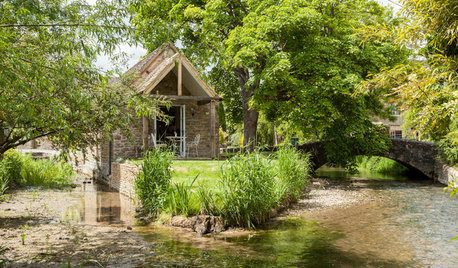
VACATION HOMESWorld of Design: 10 Great Escapes Built for R&R
These vacation homes from around the globe will make you want to take flight
Full Story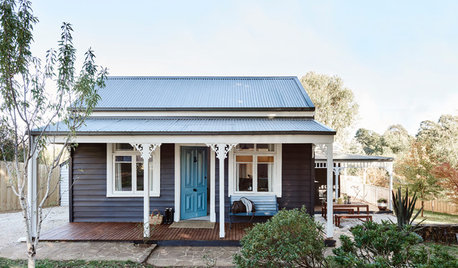
COTTAGE STYLEHouzz Tour: Cozy Country Cottage Provides a Family’s R&R
An Australian interior designer updates a 1900s home for escapes from the city
Full Story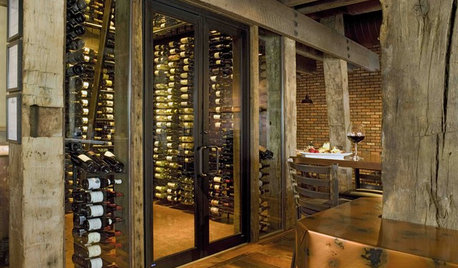
DESIGN DICTIONARYRough Hewn
Rough-hewn wood may look like it needs to go to finishing school, but a coarse look is the point
Full Story0
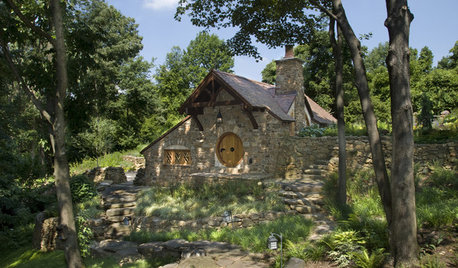
MAN SPACESHouzz Tour: 'Hobbit House' in Pennsylvania Countryside
This tiny Pennsylvania cottage and private museum takes its inspiration from J.R.R. Tolkien's fantasy world
Full Story
GREEN BUILDINGInsulation Basics: Heat, R-Value and the Building Envelope
Learn how heat moves through a home and the materials that can stop it, to make sure your insulation is as effective as you think
Full Story
DESIGN DICTIONARYRivet
Industrial-looking rivets are one type of metal fastener, permanently connecting materials
Full Story0
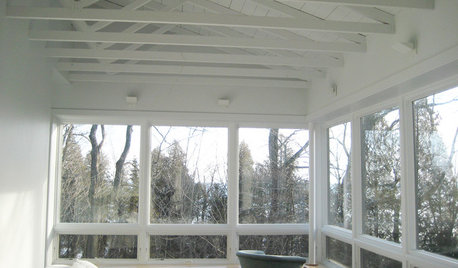
DESIGN DICTIONARYRafters
They look like they're above it all, but rafters work hard for the roof
Full Story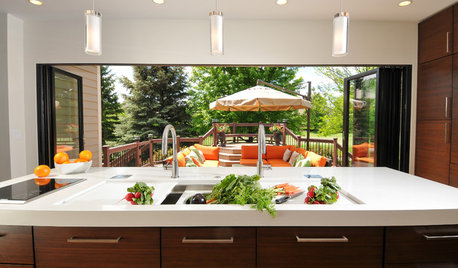
KITCHEN DESIGNKitchen of the Week: Traditional Kitchen Opens Up for a Fresh Look
A glass wall system, a multifunctional island and contemporary finishes update a family’s Illinois kitchen
Full Story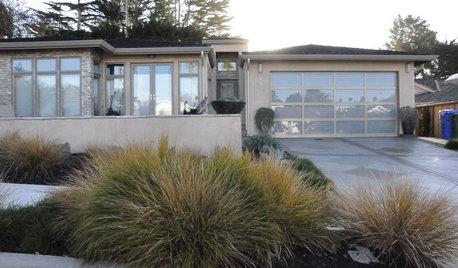
GARAGESA New Look for the Overlooked Garage Door
Aluminum, Glass and Wood Bring the Garage Into Your Architecture
Full Story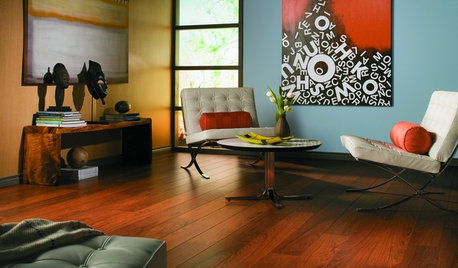
REMODELING GUIDESLaminate Floors: Get the Look of Wood (and More) for Less
See what goes into laminate flooring and why you just might want to choose it
Full StorySponsored






morz8 - Washington Coast
plantfreak
Related Professionals
Allentown Landscape Architects & Landscape Designers · Milwaukee Landscape Architects & Landscape Designers · Oatfield Landscape Architects & Landscape Designers · Brooklyn Center Landscape Architects & Landscape Designers · Maple Valley Landscape Contractors · Clayton Landscape Contractors · Fort Payne Landscape Contractors · Las Vegas Landscape Contractors · Lexington Landscape Contractors · Lynchburg Landscape Contractors · McLean Landscape Contractors · Milton Landscape Contractors · New Providence Landscape Contractors · Rancho Santa Margarita Landscape Contractors · San Antonio Landscape ContractorsEmbothrium
grrrnthumbOriginal Author
morz8 - Washington Coast
grrrnthumbOriginal Author
morz8 - Washington Coast
jeff_w
Embothrium
davidrt28 (zone 7)
davidrt28 (zone 7)
Embothrium
davidrt28 (zone 7)
mainegrower
davidrt28 (zone 7)
mainegrower
botann
Embothrium
Embothrium